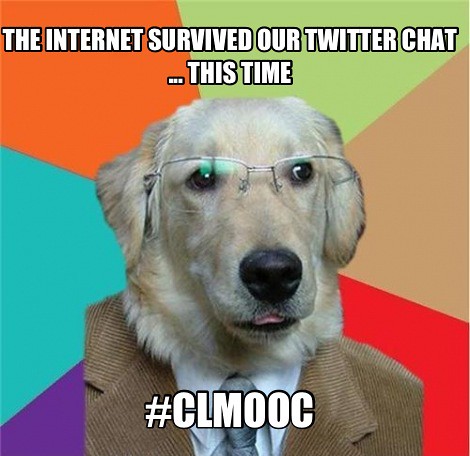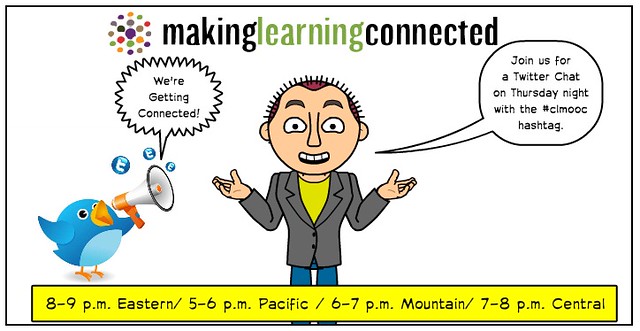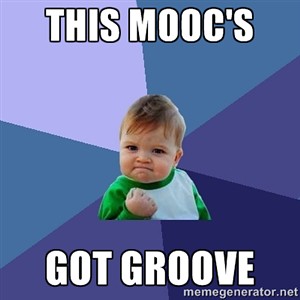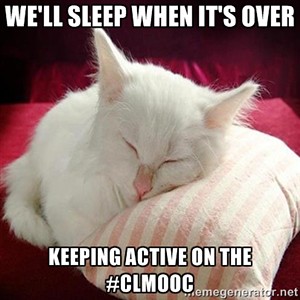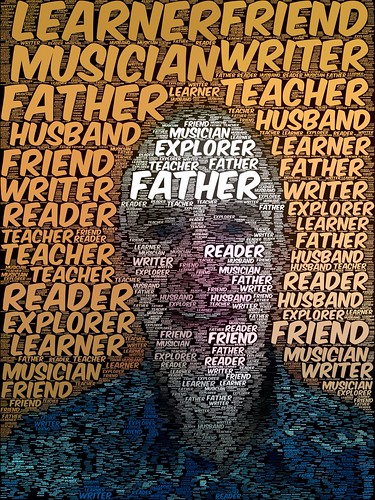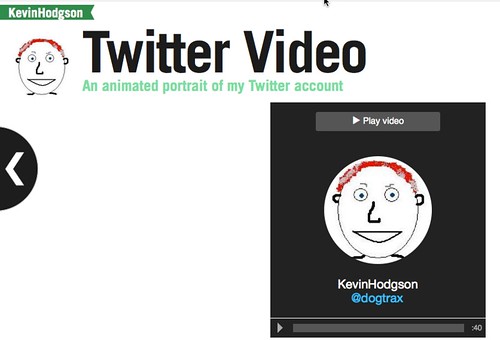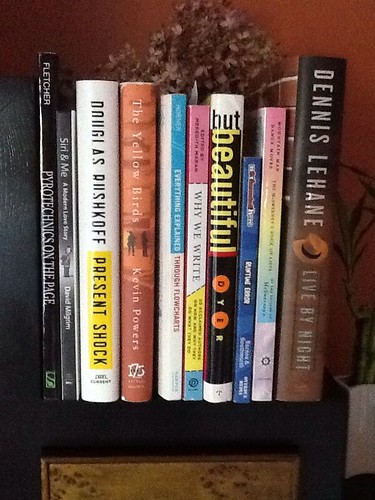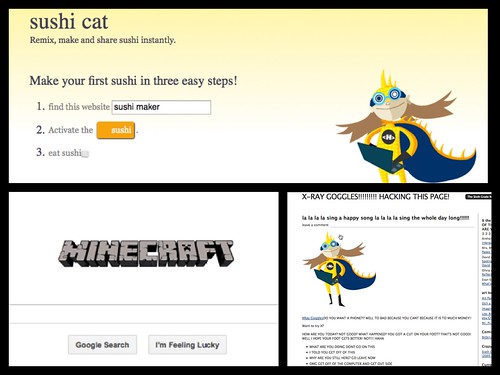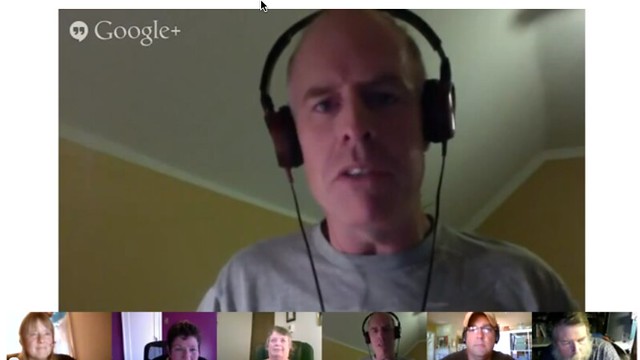
What an odd little book.
The Fairy Ring (or How Elsie and Frances Fool the World) by Mary Losure is a non-fiction account of two young girls in England who fooled the world, as the title suggests, by taking staged photographs of themselves with fairies. Even Sir Arthur Conan Doyle (he, of Sherlock Holmes fame) was drawn into the hoax by the young girls. As with most trouble, it all began rather innocently enough, with Frances and Elsie using a camera to take a picture by a remote glen, using cutouts of fairies with wings in the picture.
This is 1917, and in England, some of the most intelligent scientific minds thought that fairies might be real — just outside the realm of the known — and even though we can look at the photos the two girls took (and there were not many, only four or five), it is clear that the fairies are not real. But to someone who wanted to believe, and to a world that had not yet understood the manipulation of media, the photographs were proof of the existence of fairies.
It soon got out of control (media frenzy, spurred on primarily by Doyle’s public writing about the photographs) and the girls soon regret their hoax, but by that time, it was too late to come clean and too big a deal in the world, and in their family, to tell anyone the truth. In fact, it is only in old age that one of the two girls finally tells her grandchildren the truth of the matter, and the truth of the staged photos slowly trickles out into the world decades later.
And yet, even years later, Frances truly did believe that she saw fairies in the woods — real fairies — just not the ones she and Elsie fake photographed.
Losure does a nice job of using source material here to bring us into the heads of the girls, and to the setting of the hoax. While her writing is a little clipped (almost as if she were going for the Hemingway’s style, so that sentences are short and ideas are too the point), she unfolds the narrative in a linear way that allows the reader to forgive the girls and shake our heads at the BigWigs of the British community that took advantage of the girls’ childhood for media fame. It was important that she show us the photos, and she does.
The Fairy Ring is a solid example of creative non-fiction, and would fit right in a middle school classroom. I could even envision some “media manipulation” projects along the way, as well as some examination of modern day hoaxes (I guess there will always be a way to suck in the public.)
Peace (in the tale of the fairies),
Kevin
